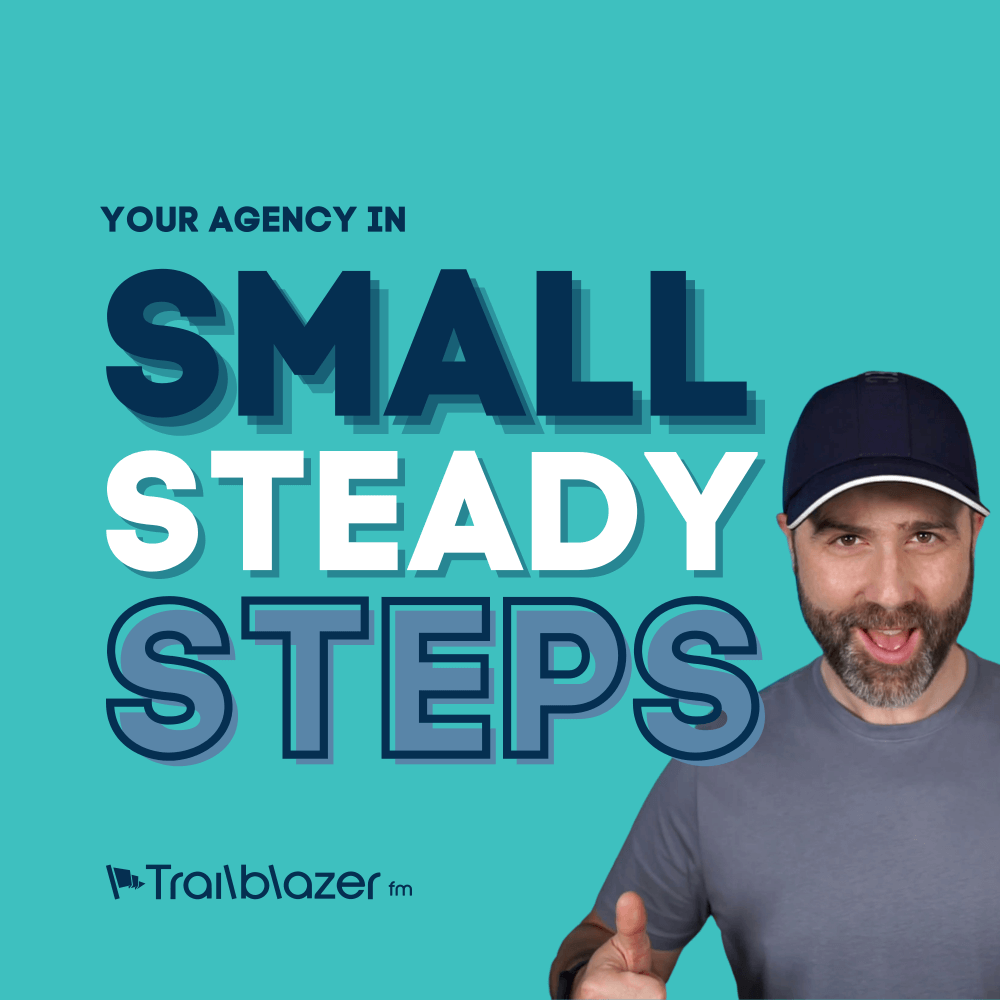
An easier way to create a website spec
The Problem
Let’s face it, that second the call or email comes in with someone requesting a quote for a new web build, and that same feeling rises up inside you. The following questions and fears fly through your mind.
- What if I quote too much?
- Will I quote too little?
- How do I understand their needs better?
So there are likely many more questions that just that, but the key question has to be, how DO you understand your clients need’s better? What is the best way to create a website specification without:
- Taking hours and hours?
- Costing lots of money?
- Stressing out the client?
- Confusing yourself?
In this blog, I attempt to explain a way of looking at creating the website specification that you may never have considered before. It is nothing new, I’ve been bashing on about this on the podcast, and touched on it in other posts before. Hopefully I’m simply getting better at communicating the concept. Here goes…
The Solution
In a nutshell, the solution is to create a narrative. Simple! But lets unpack this:
Since the beginning of time, humankind has been telling stories. Hey there is even a story about the beginning of time! It is part of our nature and, whether we think it or not, we all have the capacity to switch on our imaginations, and create stories.
Let’s apply this to the process of creating a website specification document. In essence the entire document should cover the key characters that will interact with the website, and their “adventures” during their visit. That is it! It is essentially the story of a number of characters who embark on a journey in the mystical land of “New Websiteopia”.
This is where the fun begins!
You can now get together with your client and begin establishing who the key characters are. Let’s look at some examples:
- A visitor
- A paying customer
- The admin
These are three key characters that are about to embark on their journeys. You can give them names, and if you really want a good laugh why not give them some back stories. We are told in business to know our avatars, to know our clients so this in itself is a brilliant exercise in understanding the key audience (the characters) better.
Now you can start to create the narrative*. Think of is like a book with chapters. You can tell each characters story in a range of chapters as they progress through the land of “New Websiteopia”.
Think of the visitor, let’s call him Reginald. The story starts, perhaps with a bit of his back story, then into how he discovers “New Websiteopia”. Now he embarks on his journey. You can be descriptive and split out the different types of activities he would take part in. Here are a few example chapter headings:
- Reginald searches for a product
- Reginald asks a question
- Reginald signs up for a newsletter
*Be sure to be very detailed and not to miss out any steps. For example, when someone registers for the website, describe them signing up, and then being prompted to check their email, to then click on a link, and what is shown when they do so.
Each one of these chapters will contain, via a written narrative the key elements that a developer would need to be aware of when creating an estimate for the cost, as well as for when they are designing the structure of the database or website. In the chapter “Reginald searches for a product”, the developer will be able to break out all of the actions that Reginald takes. For example:
- Clicks on a dropdown menu and selects the “Mens” category
- Sorts the results in order of the cheapest
- and so on…
The result of this exercise is a better understanding of:
- who is using the site
- how they are using the site
- the expected outcomes and results
- the structure of the site
- the key data elements and functionality
You also then have a fun to read and engaging document that the the budget can be agreed against, and you can better manage client expectations.
For example, if at the end of your build, the client asks, “where is the product export facility”, you can point out that within the story you created together, this was not covered, and a new chapter will need to be created and quoted on.
Added bonus is your development team also have a document that is not boring to read :).
Next week I will be launching our YouTube channel where I will be talking about this in more detail so will update this post with the relevant links.
Go create your story!








